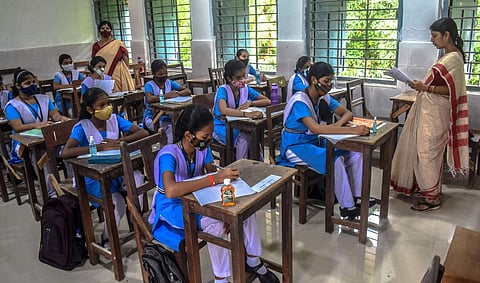

The education system in India has undergone a sea of change since the country gained independence in 1947. In the early years after independence, the focus was on expanding access to education, particularly for marginalised groups such as women and the poor. The government made significant investments in building new schools and colleges, and the literacy rate in India rose from 18 per cent in 1951 to 74 per cent in 2011.
In recent years, the focus of education reform in India has shifted to improving the quality of education. The government has introduced a number of new initiatives, such as the National Curriculum Framework (NCF) 2005 and the National Education Policy (NEP) 2020, which aim to make education more relevant to the needs of the 21st century. These reforms have led to changes in the curriculum, teaching methods and assessment practices in schools and colleges across India.
Here are some of the key changes that have taken place in the education system in India since 1947:
Increased access to education: The number of schools and colleges in India has increased significantly since 1947. In 1951, there were only 1.4 lakh schools in India. By 2020, this number had increased to 15 lakhs. The number of colleges has also increased from 578 in 1950-51 to 42,343 in 2020-21
Improved literacy rates: The literacy rate in India has increased from 18 per cent in 1951 to 74 per cent in 2011. This is a significant achievement, and it has helped to improve the lives of millions of Indians
New curriculum and teaching methods: The government has introduced a number of new curriculum frameworks and teaching methods in recent years. These reforms have aimed to make education more relevant to the needs of the 21st century and to improve the quality of learning
Increased focus on vocational education: The government has also increased its focus on vocational education in recent years. This is in recognition of the fact that not all students will go on to pursue higher education. Vocational education can help students develop the skills they need to get good jobs
Use of technology in education: Technology is playing an increasingly important role in education in India. Schools and colleges are now using a variety of technology tools, such as laptops, tablets and interactive whiteboards, to enhance the learning experience. Technology can be used to deliver personalised learning, provide access to educational resources and create engaging and interactive learning experiences
